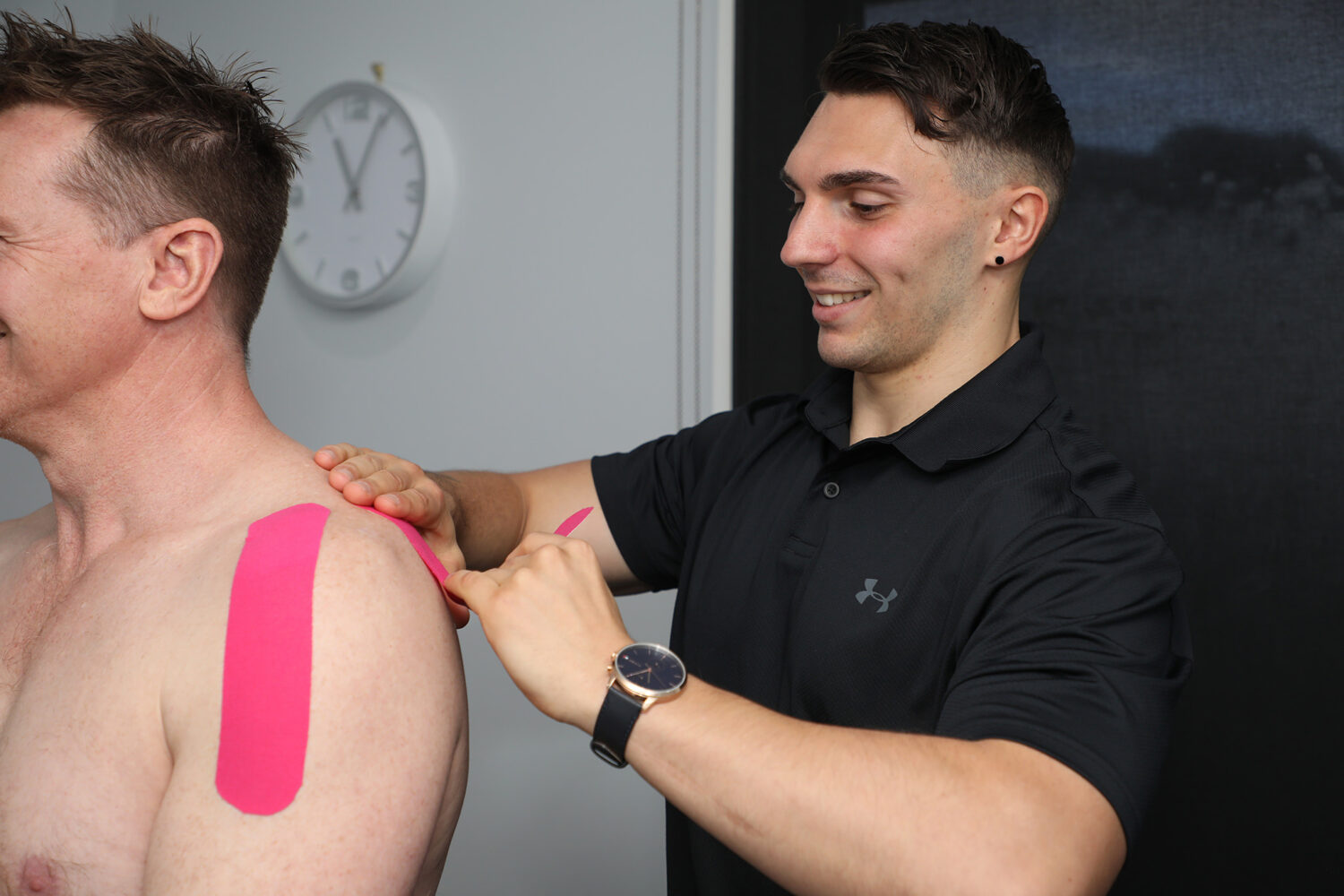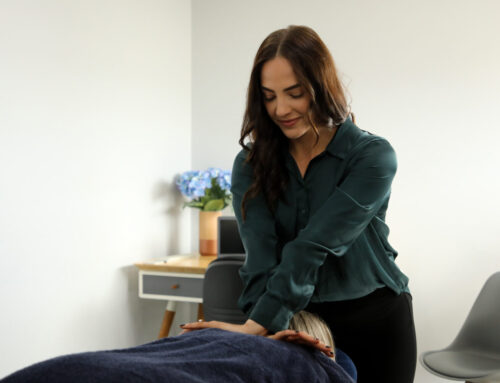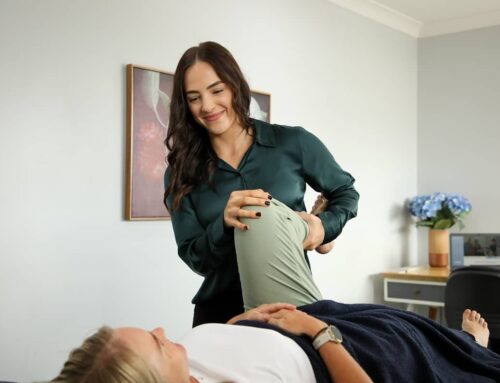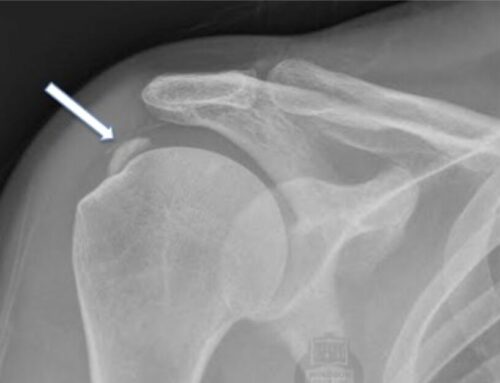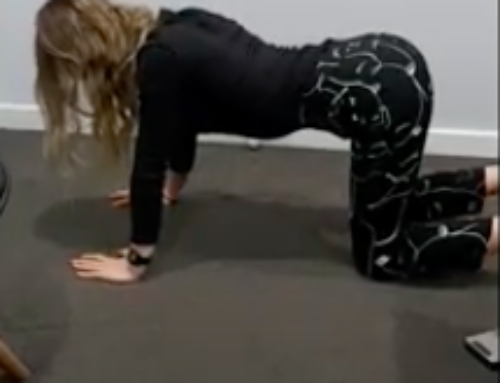If you’ve ever seen athletes with colourful strips of tape on their knees, shoulders, or backs, you’ve witnessed taping in action. But taping isn’t just for athletes—it’s a versatile technique that can benefit anyone dealing with pain, injury, or muscle fatigue. As an osteopath, I often use taping as part of a broader treatment plan to support recovery and enhance mobility.
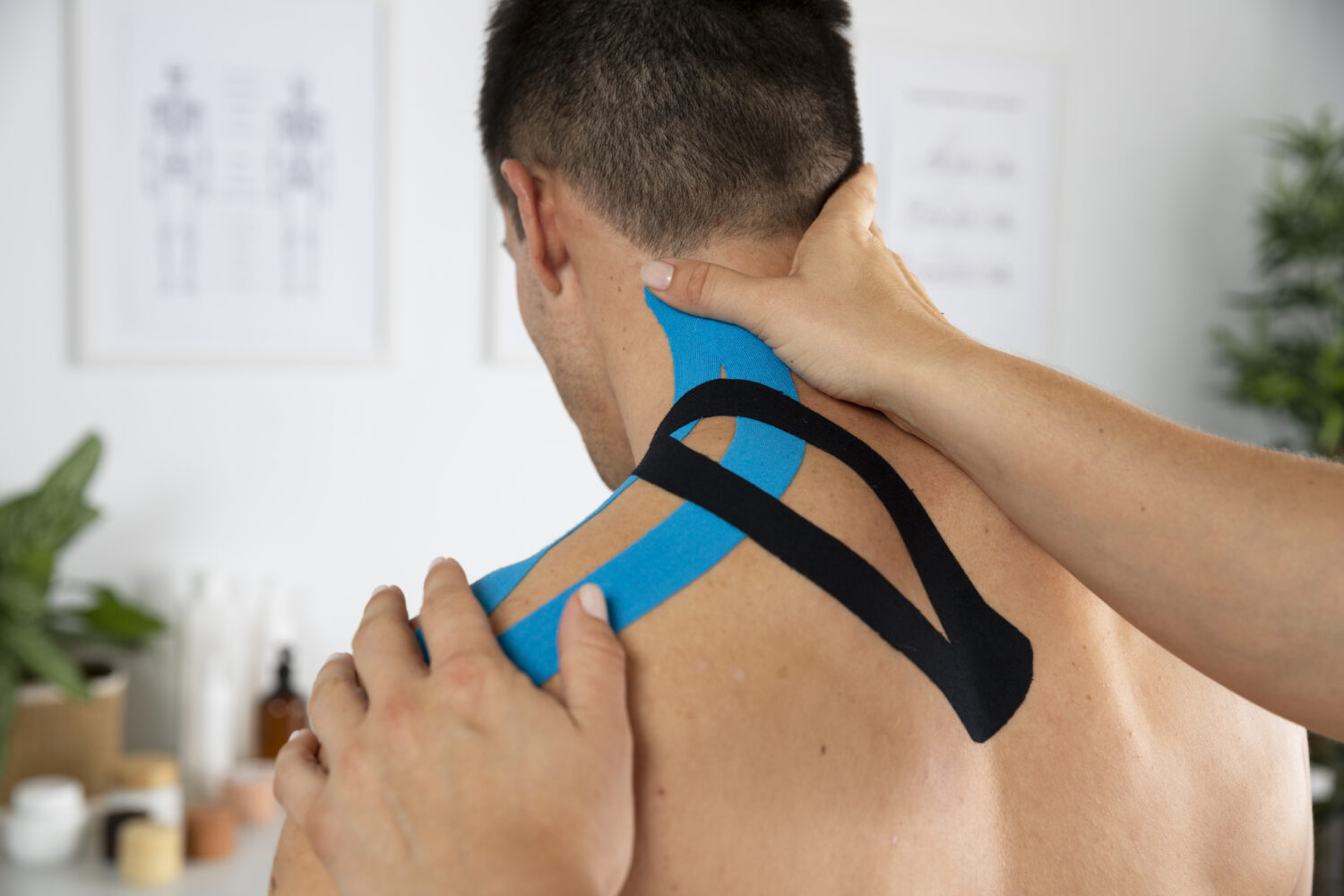
Image by freepik
What is Taping?
Taping involves applying adhesive strips, often made of elastic or rigid materials, to specific areas of the body. There are different types of taping methods, including:
- Kinesiology Taping (K-Tape): Flexible tape that moves with your body, often used to reduce pain, improve circulation, and support muscles.
- Rigid Taping: Non-elastic tape designed to restrict movement, providing stability to injured joints or ligaments.
Each type of tape is applied with specific techniques depending on the condition being treated, ensuring it provides the right level of support and function.
What are the Benefits of Taping?
Taping offers a range of benefits, making it a go-to solution for many conditions:
- Pain Relief: Taping can alleviate pain by reducing pressure on inflamed or overused tissues.
- Support and Stability: For injuries like sprains or ligament tears, rigid taping provides the stability needed to prevent further damage.
- Improved Circulation: Kinesiology tape gently lifts the skin, promoting better blood flow and lymphatic drainage, which can speed up recovery.
- Enhanced Muscle Function: It can provide feedback to the nervous system, helping muscles work more efficiently and reducing the risk of strain.
- Injury Prevention: Taping supports muscles and joints during activity, minimizing the chance of overuse or injury.
When Should You Get Taping?
Taping is suitable for a variety of scenarios, including:
- After an Injury: To stabilize a joint, reduce swelling, and aid recovery.
- During Sports or Physical Activity: To prevent injuries or support a weak area like an unstable ankle.
- For Chronic Conditions: Conditions such as arthritis, tendinopathy, or postural issues can benefit from the support taping provides.
If you’re unsure whether taping is right for you, consult a professional who can assess your condition and recommend the most effective approach.
 Does Taping Really Help?
Does Taping Really Help?
While taping isn’t a stand alone solution, it’s an excellent complement to other treatments, such as osteopathy. For example, I might use taping to support your shoulder after a manual treatment session, helping to maintain proper alignment and reduce stress on the joint as it heals. Many of my patients report feeling immediate relief and added confidence in their movements after being taped.
Why Consider Taping?
Taping is a simple, non-invasive way to support your recovery and performance. Whether you’re managing pain, recovering from an injury, or looking to prevent one, it can be an effective tool in your care plan.
If you’re curious about whether taping could help you, I’d be happy to assess your situation and provide personalised advice. Together, we can create a plan that supports your journey to better movement and reduced pain.
If you have any questions, please feel free to email me directly: ammar@pakenhamosteopathy.com.au
